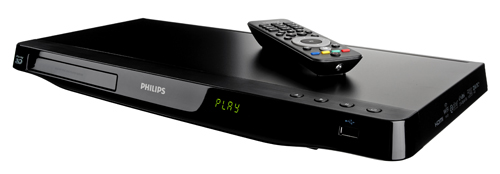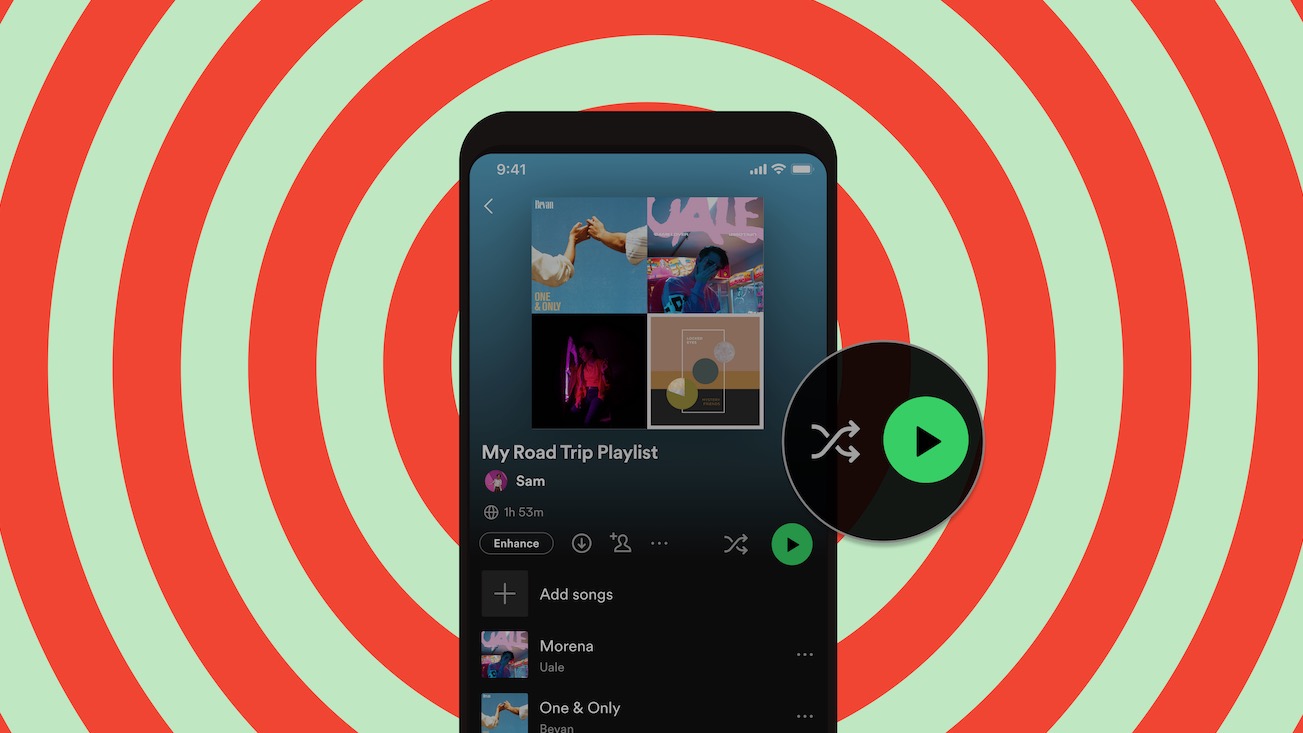What Hi-Fi? Verdict
A very good performer with impressive ergonomics, but it’s beaten by the best at the price
Pros
- +
Punchy picture
- +
Weighty sound
- +
Clean, responsive interface
Cons
- -
Could do with more features
- -
No built-in wi-fi
Why you can trust What Hi-Fi?
We don’t review Blu-ray players from Philips very often. The last one we tested was in 2011, and that didn’t set our world alight. Now we have a budget disc-spinner in the form of the Philips BDP3380.
What you get isn’t a jack-of-all-trades, but rather a simple, robust offering that will get the job done without resorting to bells and whistles.

Design
The Philips BDP3380 isn’t much of a looker. There are slight slopes at the sides to make it a little less boxy. Somebody couldn’t decide whether the finish should be glossy, plain or brushed metal, so you get a bit of each.
It’s not unattractive, but it doesn’t have the bold crystal-bling approach of the Sony BDP-S4100, nor the classy, traditional look of the Pioneer BDP-160.
Then again, you may be looking for something inconspicuous, in which case this will do nicely. It’s a sturdy box: we had to press the buttons on the top of the machine a little harder than expected, but otherwise the build quality is good.
Connections are decent: there’s a single HDMI socket at the back, along with digital coaxial and analogue audio outputs.
Here’s a surprise: you get composite video, which is rare these days. There’s also an ethernet socket.
This Philips doesn’t have built-in wi-fi, so unless you want to plug a wireless dongle into the USB port at the front, you’ll have to make do with wired internet.
Interface

We don’t think the absence of wi-fi is a big deal, because Philips hasn’t gone for all-singing, all-dancing smart features.
Go to the home screen (via an unintimidating remote control) and you’ll find only YouTube and Picasa.
You won’t be doing anything smarter here than video and photo sharing. Speaking of which, DLNA certification means you can stream your own content from a networked computer.
Moving around the menus is a pleasure. The interface is big, responsive, and simply laid-out.

Sometimes it’s a little too simple, with comically large icons appearing during playback, but we like the way the system feels.
It also helps that the remote is a pleasure to use. It’s like the interface, although the buttons are large and simple.
It doesn’t look as professional as some others, but it’s not as intimidating either. There’s also the Philips MyRemote smartphone app for Android and iOS, which works just as well but doesn’t seem optimised for larger screens.
Picture

Time for a Blu-ray. We put on Man Of Steel. We’re impressed with the video quality, even though the film disappoints. It’s a dynamic and punchy picture.
Colours are vibrant but not overblown, and contrast is strong. There’s plenty of detail, and subtlety of shading is up there with the best at this price.
Rival player the Sony BDP-S4100 has the edge, however, keeping ahead with an extra degree of sharpness and greater subtlety to fine textures.
It’s very much the same as we move down to a DVD of Star Trek: Into Darkness – an attractive, exciting picture that’s a little short of the class leader.
We’re happy with the upscaling quality, however. The mandatory drop in crispness and bump in picture noise is offset by strong contrast, solid edges and fairly smooth motion.
Sound

Sound quality also impresses. The Philips is an exciting listen, with good dynamic reach. There’s plenty of insight thanks to a high level of detail and clarity.
It’s a weighty sound that has gentle edges, which leads to a full, round presentation. That said, the Sony mentioned above has a greater sense of attack, thanks to its lean sound and solid edges.
Verdict
We’re happy with the BDP3380. Its picture and sound performance is strong.
So it’s lacking in the smart features, but that’s offset by a swift, responsive user experience that makes it a joy to use.
This is a great-value player, and it’s only the presence of the very best at this price that keeps it from earning a fifth star.
SEE THEM ALL: Best Blu-ray players to buy in 2014
What Hi-Fi?, founded in 1976, is the world's leading independent guide to buying and owning hi-fi and home entertainment products. Our comprehensive tests help you buy the very best for your money, with our advice sections giving you step-by-step information on how to get even more from your music and movies. Everything is tested by our dedicated team of in-house reviewers in our custom-built test rooms in London, Reading and Bath. Our coveted five-star rating and Awards are recognised all over the world as the ultimate seal of approval, so you can buy with absolute confidence.


